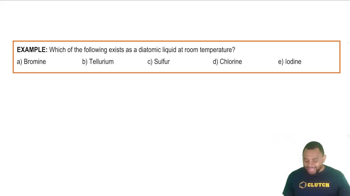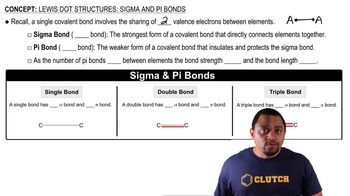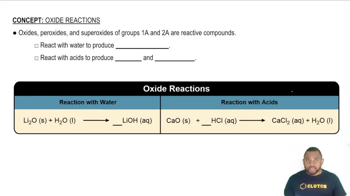Here are the essential concepts you must grasp in order to answer the question correctly.
Elemental Properties of Group 14 Elements
Silicon (Si) and germanium (Ge) are metalloids, while tin (Sn) and lead (Pb) are metals, all belonging to Group 14 of the periodic table. The properties of these elements vary significantly due to their position in the periodic table, affecting their conductivity, malleability, and reactivity. Metalloids like Si and Ge exhibit intermediate properties, making them useful in semiconductor applications, whereas metals like Sn and Pb are characterized by high electrical conductivity and malleability.
Recommended video:
Main Group Elements: Density Example
Crystal Structure and Bonding
Silicon and germanium crystallize in a diamond cubic structure, which contributes to their semiconductor properties, allowing them to control electrical conductivity. In contrast, tin and lead have a more metallic bonding structure, which results in different physical properties such as ductility and luster. The differences in crystal structure and bonding lead to distinct behaviors in electrical and thermal conductivity among these elements.
Recommended video:
Lewis Dot Structures: Sigma & Pi Bonds
Oxidation States and Chemical Reactivity
The oxidation states of these elements influence their chemical reactivity. Silicon and germanium typically exhibit oxidation states of +4 and +2, forming covalent compounds, while tin and lead can exhibit +2 and +4 oxidation states, often forming ionic compounds. This difference in oxidation states affects their reactivity with other elements and compounds, leading to varied applications in industry and technology.
Recommended video:
 Verified step by step guidance
Verified step by step guidance

